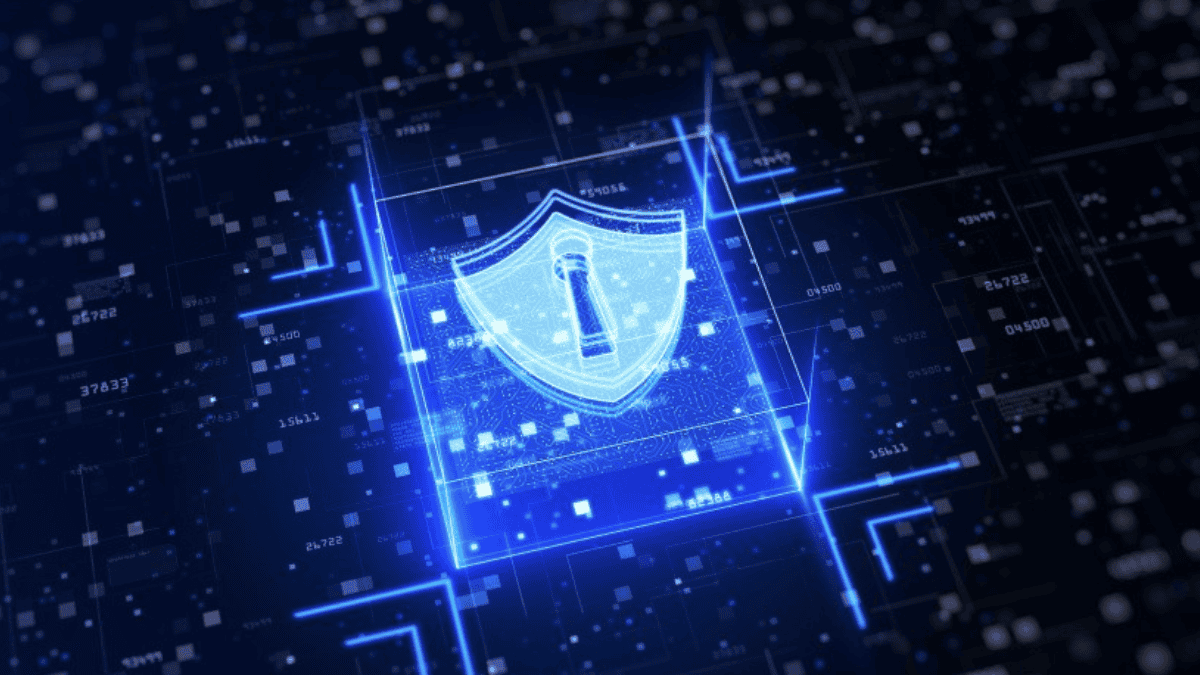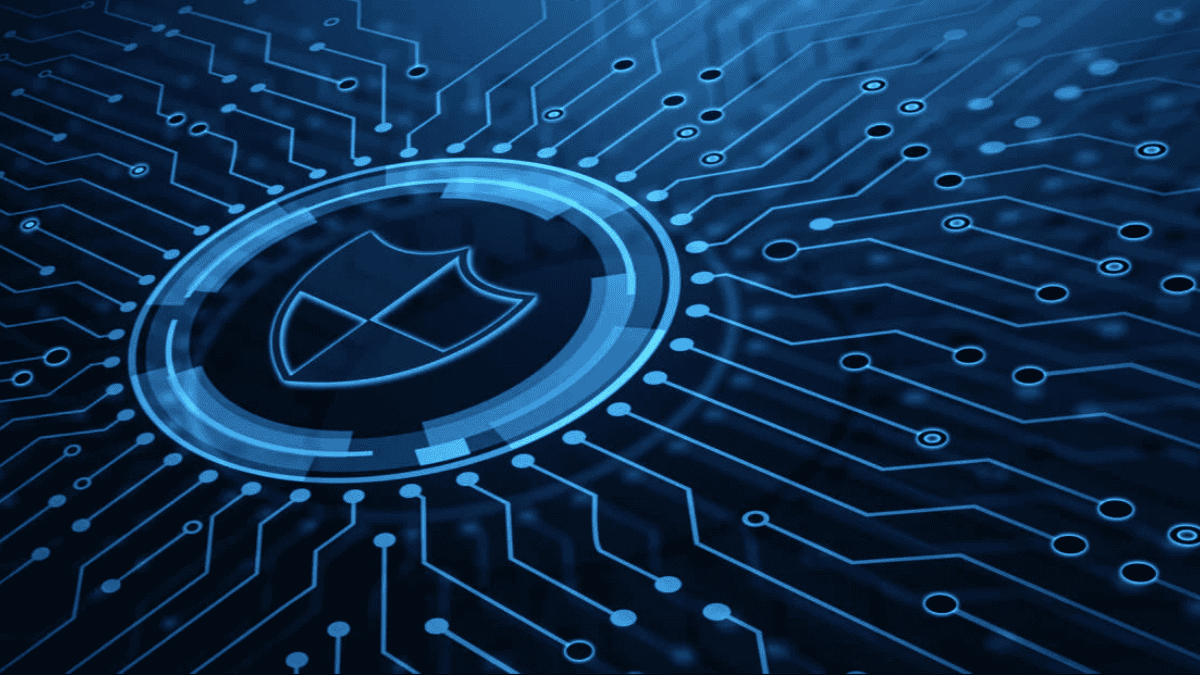Windows Defender serves as the built-in antivirus solution for Windows operating systems. It aims to protect users from various security threats, including malware, viruses, and other harmful software. Given its accessibility and integration within the Windows environment, many SMEs consider whether it provides adequate protection for their needs—especially when weighing the benefits of IT support outsourcing to strengthen their cybersecurity strategy.
Is Windows Defender Really Strong Enough to Stop Viruses?
Yes. Windows Defender has significantly improved over the years and now offers robust protection against a wide range of viruses and malware. It includes real-time scanning, automatic updates, and integrates well with Windows to detect and block many common threats effectively. While it may not catch every single virus—especially the most sophisticated or zero-day threats—it provides solid baseline security for most users without the need for additional antivirus software. For enhanced protection, combining it with safe browsing habits and regular system updates is key.
Importance of Antivirus Protection
Antivirus protection is crucial in today’s digital landscape, especially for SMEs that may not have extensive IT resources. Security threats are becoming increasingly sophisticated, and without proper defense, organizations risk data breaches, financial loss, and reputational damage.
The following table highlights common types of security threats that antivirus software helps to mitigate:
| Type of Threat | Description |
| Malware | Malicious software designed to disrupt systems or steal data. |
| Phishing | Deceptive attempts to obtain sensitive information, typically through fraudulent emails. |
| Ransomware | Malware that encrypts data and demands payment for its release. |
| Spyware | Software that secretly monitors user actions and collects information. |
For SMEs, protecting sensitive data and maintaining business continuity are critical. Effective antivirus solutions can act as the first line of defense, helping to identify and eliminate threats before they compromise systems.
Pros and Cons
Understanding the advantages and limitations of Windows Defender is essential for SMEs considering their cybersecurity options. This section outlines the key benefits and drawbacks of using this native antivirus solution.
5 Advantages of Using Windows Defender
Windows Defender offers several significant advantages for small and medium-sized enterprises looking for reliable protection without additional costs.
| Advantage | Description |
| Cost-Effective | Windows Defender is included with the Windows operating system, eliminating the need for a separate purchase. |
| Integrated Solution | As a built-in feature, it integrates seamlessly with the Windows OS, providing a hassle-free installation experience. |
| Regular Updates | Users receive automatic updates, ensuring the program remains effective against the latest threats. |
| User-Friendly Interface | The interface is straightforward and easy to navigate, making it accessible even for those with limited technical expertise. |
| Real-Time Protection | Windows Defender provides real-time scanning and protection against malware and other threats. |
5 Limitations of Windows Defender
While Windows Defender offers various benefits, it also has limitations that SMEs should be aware of when evaluating its effectiveness as a security solution.
| Limitation | Description |
| Detection Rates | Some independent tests indicate that Windows Defender may have lower detection rates compared to leading third-party antivirus solutions. |
| Limited Advanced Features | It lacks some advanced options found in premium antivirus software, such as VPN, identity theft protection, and advanced firewall configurations. |
| Performance Impact | In certain scenarios, Windows Defender can consume significant system resources during full system scans, potentially slowing down other applications. |
| Support Options | Relying solely on Windows Defender may limit access to dedicated customer support found with third-party products. |
| Customization | Windows Defender may not offer as many customizable settings compared to other antivirus programs, which can be a drawback for power users. |
Evaluating both the strengths and weaknesses of Windows Defender is crucial for SMEs to determine if it meets their cybersecurity needs effectively.
Effectiveness of Windows Defender
Evaluating the effectiveness of Windows Defender requires examining both its detection rates and its impact on system resources. These factors are crucial for SMEs seeking reliable antivirus solutions that do not compromise system performance.

Detection Rates and Performance
Windows Defender has made significant strides in improving its detection capabilities. Various tests and independent evaluations assess how well it identifies and mitigates threats, including viruses, malware, and other cybersecurity risks.
The table above showcases the detection rates of Windows Defender across different test categories. A higher detection rate reflects a more effective security solution, while a lower false positive rate indicates better accuracy in distinguishing between genuine threats and safe files.
Impact on System Resources
Efficiency in resource consumption is vital for any security software, particularly for SMEs that may rely on older hardware or have multiple applications running concurrently. Windows Defender's design aims to use minimal system resources while still providing effective protection.
The values in this table demonstrate the typical resource usage of Windows Defender. Effective protection should not hinder daily operations or cause slowdowns for users. By maintaining a balance between security and system efficiency, Windows Defender serves as a viable option for SMEs looking to protect their systems without sacrificing performance.
Comparison with Third-Party Antivirus Software
Assessing the efficacy of Windows Defender requires a comparison with third-party antivirus solutions. These options may offer various advantages and drawbacks for small and medium enterprises (SMEs) seeking robust IT protection.
5 Benefits of Third-Party Antivirus Solutions
Third-party antivirus software can provide enhanced features and functionalities that may not be present in Windows Defender. Some of the key benefits include:
| Benefit | Description |
| Advanced Malware Detection | Many third-party solutions utilize sophisticated algorithms and machine learning to detect and eliminate newer threats. |
| Comprehensive Security Features | Additional tools like VPNs, firewalls, and identity theft protection are often included, enhancing overall security. |
| Customization Options | Users can tailor settings, scans, and alerts to fit their specific security needs and preferences. |
| Dedicated Customer Support | Third-party vendors often provide specialized tech support, aiding in quick resolution of issues. |
| Frequent Updates | Regularly updated signatures ensure protection against the latest threats, keeping systems secure. |
5 Drawbacks of Third-Party Software
Despite their advantages, third-party antivirus solutions also present certain challenges that SMEs should be mindful of:
| Drawback | Description |
| Cost | Many third-party options require annual subscriptions, which may strain budgets, especially for smaller enterprises. |
| Resource Intensity | Some solutions may consume significant system resources, potentially impacting performance and speed. |
| Complexity | The wide range of features can lead to confusion and may require time to properly configure and manage the software. |
| Compatibility Issues | Certain antivirus programs may not work well with existing software or systems, leading to conflicts and interruptions. |
| Potential Overlap | When used alongside Windows Defender, there may be redundant protections, complicating the security environment. |
Examining the benefits and drawbacks of third-party antivirus solutions compared to Windows Defender, SMEs can better assess their options for comprehensive IT security.
3 Factors to Consider for SMEs
Small and medium-sized enterprises (SMEs) evaluating antivirus solutions must consider several essential factors before making a decision. Among these factors are budget constraints, the level of protection needed, and the compatibility with existing systems.
Budget Constraints
Budget is often a significant consideration for SMEs. Many organizations operate with tight financial resources, which can limit their choices in antivirus solutions. It's important for SMEs to weigh the costs of using Windows Defender versus third-party antivirus software.
Level of Protection Needed
The required level of protection is another critical factor for SMEs. Different organizations may have varying needs based on their size, industry, and the type of data they handle. Businesses that manage sensitive customer information might require more robust security features than those that do not.
Identifying the appropriate protection level will help SMEs determine whether Windows Defender meets their security requirements or if a third-party solution is necessary.
Compatibility with Existing Systems
Compatibility with current systems is crucial when selecting antivirus software. SMEs often utilize various operating systems and software applications. Ensuring that the chosen antivirus solution works seamlessly with their infrastructure can prevent operational disruptions.
Examining this compatibility table, SMEs can assess how well Windows Defender integrates with their existing IT environment and whether they may encounter challenges with third-party antivirus products.
Best Practices for Enhanced Protection
To ensure optimal security while using Windows Defender, SMEs should consider implementing additional security measures and maintaining regular updates. These practices can strengthen overall protection against potential threats.

Implementing Additional Security Measures
Alongside Windows Defender, employing supplementary security measures can bolster protection. Here are some common strategies:
| Security Measure | Description |
| Firewalls | A firewall monitors and controls incoming and outgoing network traffic based on predetermined security rules. |
| Intrusion Detection Systems | These systems inspect network traffic for suspicious activity and potential threats, alerting administrators when detected. |
| Email Filtering | Email filtering tools can identify and block spam and phishing attempts, reducing the risk of malicious attacks via email. |
| Secure Backup Solutions | Regular data backups ensure that critical information is retrievable in the event of a cyber incident. |
Regular Updates and Maintenance
Maintaining up-to-date software is crucial for effective security. Windows Defender provides automatic updates, but manual checks are beneficial to ensure all components are current. Regular software maintenance tasks include:
| Maintenance Activity | Frequency |
| Software Updates | Check for updates weekly to ensure the latest security patches are applied. |
| System Scans | Perform full system scans monthly to detect and remove any potential threats. |
| User Education | Provide training sessions twice a year to inform staff about cyber hygiene and security best practices. |
To further enhance your network’s efficiency and security, understanding how DHCP configuration plays a critical role is essential. Our article, How DHCP Configuration Boosts Network Performance and Security, breaks down practical steps to optimize your network’s IP management while reducing vulnerabilities.
Smarter Systems, Stronger Results — LK Tech
Incorporating these additional security measures and sticking to a regular maintenance schedule, SMEs can greatly strengthen their cybersecurity defenses while relying on Windows Defender. At LK Tech, we deliver top-notch IT support tailored to your unique business needs, ensuring your systems stay secure, efficient, and up to date.
Businesses searching for reliable IT services in Cincinnati can count on our expertise to stay ahead of potential threats. Don’t wait—contact us today to discover how we can protect and optimize your digital environment.


